Category: Early Christianity
According to Edmund Bogg in “From Eden Vale to the plains of York or A Thousand Miles in the Valleys of the Nidd and Yore" (1894) ”In the township of East Scrafton is a spring of water known as St. Simon’s Well. Near it once stood an oratory called St. Simon’s Chapel; not a vestige of this remains. The well was formerly used as a bath. Tradition says that St.
St Lewina was a young British virgin who was martyred by Saxons on 24 July 687AD (whilst Theodore was 7th Archbishop of Canterbury). Following her death she was buried at Seaford, near Lewes in East Sussex.
La Hogue Bie is a major Neolitic ritual site dating back to 3500BC and one of the best preserved cruciform passage graves in Europe. Its passage is twenty meters long and is covered by a 12.2 meter high earth mound. The mound istelf is 58 meters in diameter and covers an area of 2400 square meters.
Ireland has a history of early Christian settlement dating as far back as the 6th century when monastic settlements were developed as bastions of the faith in the remote Irish countryside. Gallarus Oratory is the oldest and best preserved example of an early church that served one of these small settlements, and is probably one of the oldest intact buildings in Ireland.
The island was said to be the home of St Molaise who is reputed to have been born in Ireland in 570AD. He came to Holy Island to live as a hermit and Molaise’s cave is one of his reputed abodes.
The church may occupy a site on which a stone circle once stood, some of the stones can still be seen incorporated into the fabric of the church. In other stories the stones came from a circle on the other side of Dunino Den. It was quite common for churches to be built on much older pagan sites.
Kilrimont changed its name to St Andrews when relics of the saint were brought here by Bishop Acca of Hexam in 732AD, although there is a folklore tradition that suggests the relics found there way to
This gloomy atmospheric church, dating from the sixteenth century, is dedicated to St Clement, who was a bishop of Dunblane parish.
This small and ancient church has a plethora of legends and traditions associated with it, making it one of the most important mysterious sites on the Isle of Lewis.
Whitby Abbey is one of the most atmospheric locations in England. The desolate ruins stand stark above steep cliffs overlooking the old whaling village of Whitby in North Yorkshire, a testament to the town’s former religious significance.

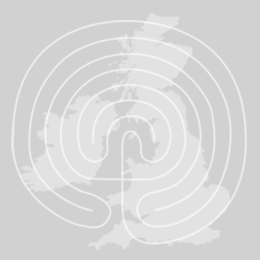
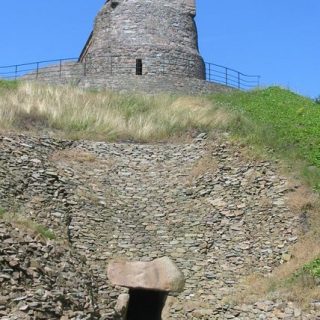
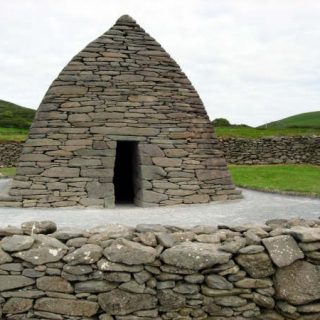

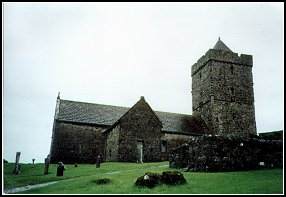
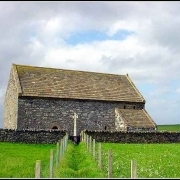
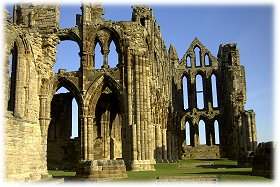
Recent Comments